Nominees for the 2021
User Forum Election
The NHERI User Forum committee is composed of respected members of the NHERI community to provide a voice in how the network is governed. from the perspective of researchers and practioners. Each year as some members end their term serving the committee, nominations are received and an election open to any member of the NHERI community is held. This year nominees have been sought to fill seats from the domains of Structural Engineering and Research-to-Practice.
The committee is asking community members to vote for up to three individuals from this list. Voting is open to all members of the NHERI community, but only the first ballot cast from each device will be counted.
Voting is now closed. New members of the User Forum will be announced soon.
Nominations for research-to-practice experience
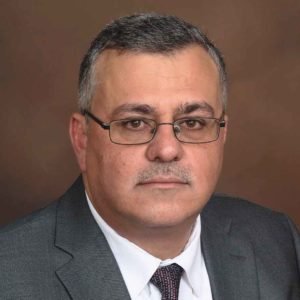
Yazen Khasawneh
University of Notre Dame
Industrial experience in the design, construction, and retrofit of onshore wind turbine foundations, underground structures, deep foundations, geodesigns, slope stabilization, and foundations
Dr. Khasawneh is an associate teaching professor at the Department of Civil and Environmental Engineering and Earth Science (CEEES) at the University of Notre Dame. Khasawnehs research group at Notre Dame, Soil-Structure Interaction and Machine Learning, focuses on conducting research to lower the Levelized Cost of Electricity (LCOE) from renewable sources and to design safer structures under extreme loading conditions. The research group utilizes advances in computational methods and machine learning to achieve the objectives. He serves in various technical committees within GI (Computational Geotechnics, and Soil Properties and Modeling) and DFI (Deep Foundations for Landslides/Slope Stabilization, Seismic & Lateral Loads). Dr. Khasawneh authored and co-authored several publications and reports on numerical simulations and delivered relevant talks across the US. Before joining Notre Dame, Dr. Khasawneh worked in the industry for over 15 years. He has extensive industrial experience in the design, construction, and retrofit of onshore wind turbine foundations, underground structures, deep foundations, and foundations for high rise buildings. His expertise is in soil-structure interaction, structural and soil response to dynamic loading, development of constitutive models, forensic engineering, testing through various scales, and instrumentation. Dr. Khasawneh received his PhD and MS degrees in civil engineering from Purdue and University of Illinois, respectively. He received his bachelors degree Jordan University of Science and Technology. He is registered Professional Engineer in the state of Michigan.
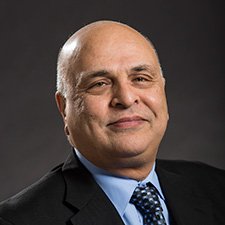
Habbib Tabatabai
University of Wisconsin-Milwaukee
Structural engineering, bridge engineering, structural assessment
Habib Tabatabai is a professor of structural engineering in the Department of Civil & Environmental Engineering at the University of Wisconsin-Milwaukee. In addition to his academic background, he has also worked as a practicing engineer for the Florida Department of Transportation and the Construction Technology Laboratories (CTL Group) for 13 years. His areas of expertise include bridge engineering, survival analysis of structures, durability and reliability of structures, probabilistic assessment of service life, structural vibrations and control, non-destructive testing of structures, field instrumentation and testing, and damage detection in structures. He has over 120 publications and one US patent. He received his PhD degree in civil engineering from the University of Florida. He is a licensed Structural Engineer and registered Professional Engineer in Illinois.
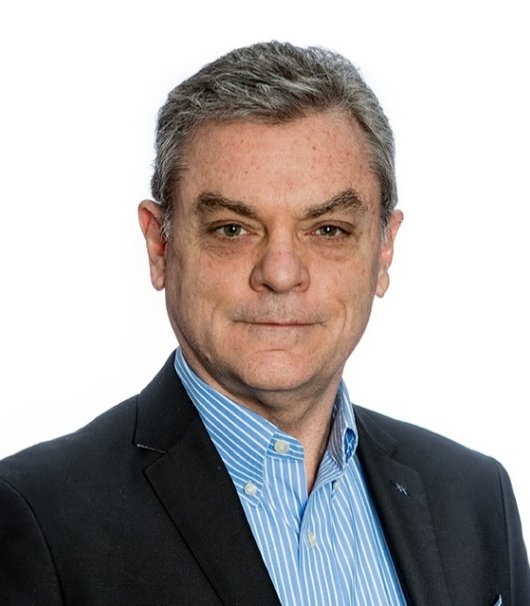
Tim Huff
Tennessee Tech University
Structural engineering, bridge engineering, seismic design
Dr. Huff has 35 years of experience in structural engineering. Over one-half of his experience is in bridge design. Most all his experience relates to seismic design issues. He spent 9 years with Lockheed in Oak Ridge, Tennessee, working in the analysis of existing buildings subjected to seismic and wind loading. He is currently a faculty member in the Civil & Environmental Engineering Department at Tennessee Tech. Prior to coming to Tech, he worked as a Civil Engineering Manager for the Tennessee Department of Transportation.
He has several publications related to seismic issues in the ASCE Practice Periodical on Structural Design and Construction and authored a book published in March 2021, A Practical Course in Advanced Structural Design. He serves on multiple NCHRP panels through the National Academy of Science following research in the seismic design of bridges.
Nominations for structural engineering
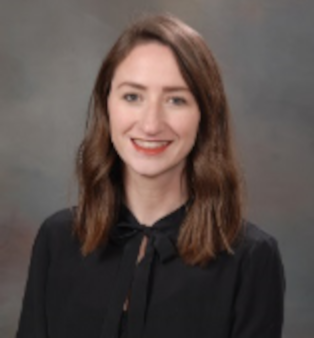
Stephanie G. Paal
Texas A&M University
Structures, machine learning and vision, and other disruptive technologies
Dr. Paal joined the faculty at Texas A&M in the fall of 2016 after completing a post-doctoral fellowship at the Ecole Polytechnique Federale de Lausanne (EPFL) in Switzerland. She received her masters and doctoral degrees in civil engineering from the Georgia Institute of Technology in 2011 and 2013, respectively. Additionally, she received a BS in Architectural Engineering from the University of Texas at Austin in 2009. Dr. Paal has extensive background knowledge and expertise in machine learning and machine vision and applications of these technologies in infrastructure and structural condition assessments and other infrastructure-related practices. Her research focus is on mitigating the effects of natural and manmade disasters on our built infrastructure by integrating traditional civil engineering practices with emerging techniques and technologies. Her current research interests are towards hybrid artificial intelligence-physics-based approaches, understanding the impact of integrating artificial intelligence models and methodologies in civil engineering design, analysis, and evaluation operations, and developing advanced modeling approaches grounded in real-world data. Her research has been supported by numerous state and federal agencies such as the National Cooperative Highway Research Program, Texas Department of Transportation, the National Association of Home Builders, and the National Science Foundation. She has 22 journal papers published or under review, five published book chapters, and has been invited to speak regarding her research over 35 times nationally and internationally. In 2020, she was granted an NSF Early CAREER award for her research towards enhancing our understanding of our infrastructures performance under natural hazards by leveraging available experimental data and artificial intelligence.
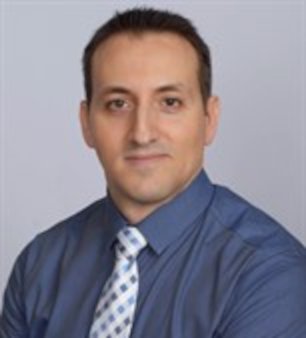
Petros Sideris
Texas A&M University
Resilient and sustainable infrastructure systems, accelerated construction and retrofit, structural engineering
Dr. Sideris is an assistant professor in the Zachry Department of Civil Engineering at Texas A&M University. His research focuses on resilient and sustainable structures, including modular systems and 3D printed concrete structures as well as advanced cementitious and polymeric materials. As such, his work combines structural design, computational structural mechanics and software development, and large-scale structural testing. His research work has received both national and international attention and has been featured in various outlets, including the NSF news, ASCEs SmartBrief, and the United Nation's Disaster Risk Reduction knowledge platform. Dr. Sideris has been teaching courses on Experimental Methods, Structural Dynamics, Reinforced Concrete Design, Statics, Mechanics of Solids, Applied Mathematics and Numerical Methods, and Computer Programming. Through his teaching, Dr. Sideris has also done research in course assessment strategies and has published a relevant paper entitled The Role of Timely Actionable Student Feedback in Improving Instruction and Student Learning in Engineering Courses in the 2020 American Society of Engineering Education (ASEE) Annual Conference & Exposition. Dr. Sideris is currently serving as Vice-Chair of Junior Faculty Advisory Council of Texas A&Ms College of Engineering. He is also currently serving as Vice Chair of the ASCE/SEI Seismic Effects Committee, and as member of the ASCE/EMI Computational Mechanics Committee and the TRB Committee on Seismic Design and Performance of Bridges (AKB50). He is also an Associate Member of the Committee 564, 3-D Printing with Cementitious Materials. He has received twice an outstanding reviewer award by the ASCE Journal of Structural Engineering. He is an ASCE ExCEEd Teaching Fellow (2017), and currently serves as faculty mentor in Texas A&Ms First Generation Engineering Students (FGEn) Mentoring Program.
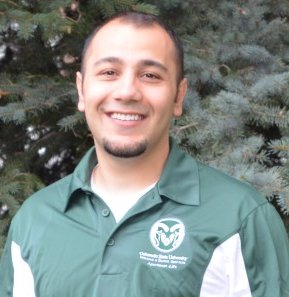
Omar Amini
USDA Forest Products Laboratory
Structural engineering, multi-hazard performance of structures, performance-based design
Dr. Amini is a postdoctoral research associate at USDA Forest Products Laboratory with research interests in cross laminated timber (CLT), multi-hazard performance of structures, performance-based design, and small- and large-scale experimental methods. His recent research project focused on developing seismic performance factors for CLT Shear Wall Systems in the United States which has now been recognized in the NEHRP Recommended Seismic Provisions for New Buildings and Other Structures 2020. The associated design methods for CLT shear wall have been adopted into the National Design Specifications for Wood Construction, and it is in the process of inclusion in the ASCE 7 and other referenced codes in the US. Dr. Amini was involved in seismic testing of a full-scale, two-story CLT platform-type structures, the first such test in the US. These tests were conducted at the NHERI at UC San Diego facilitys Large High Performance Outdoor Shake Table (LHPOST). Aminis earlier work was on developing tornado fragilities for residential structures in the US, and the methodology and fragilities he developed have been used in community resilience studies. He was recognized in the STRUCTURE® Magazine issue of March 2020, as one of the Next Generation of Future Structural Engineering Leaders. He is also a member of the ICC Residential Assessment and Seismic Retrofit Committee working on developing a standard for seismic retrofit and assessment of one- and two-family dwellings.
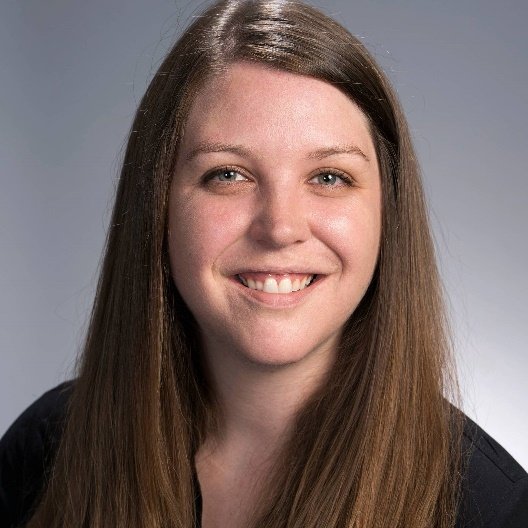
Maria Watson
Texas A&M University
Urban planning, social science
Dr. Watsons background is in urban planning and her expertise is in the social science aspects of disasters and how impact and recovery vary across populations, space, and social units. Her areas of expertise also include small business impact and recovery, linking physical, social and economic models, disaster recovery policy, quasi-experimental design, and survey methods. She is very interested in research to practice and host business continuity trainings for FEMA Region 6.
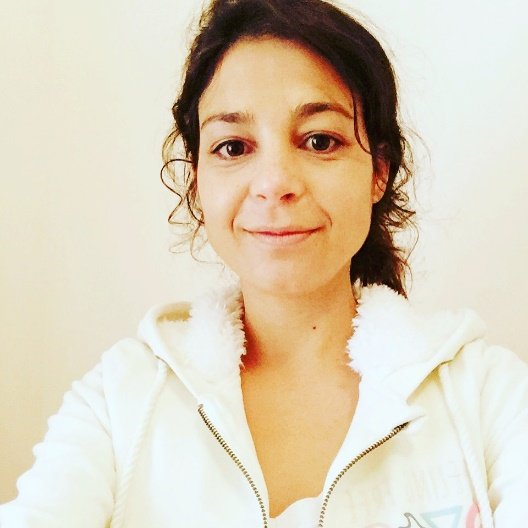
Cláudia Reis
University of Lisbon
Structural engineering, earthquake engineering, and tsunami engineering
Cláudia Reis is a PhD candidate at Instituto Superior Técnico, Lisbon University, and a guest researcher of the ESC4SHI scientific project. Her research focuses on the behavior of structures due to earthquake and tsunami actions. Her areas of expertise include structural engineering and earthquake engineering.







